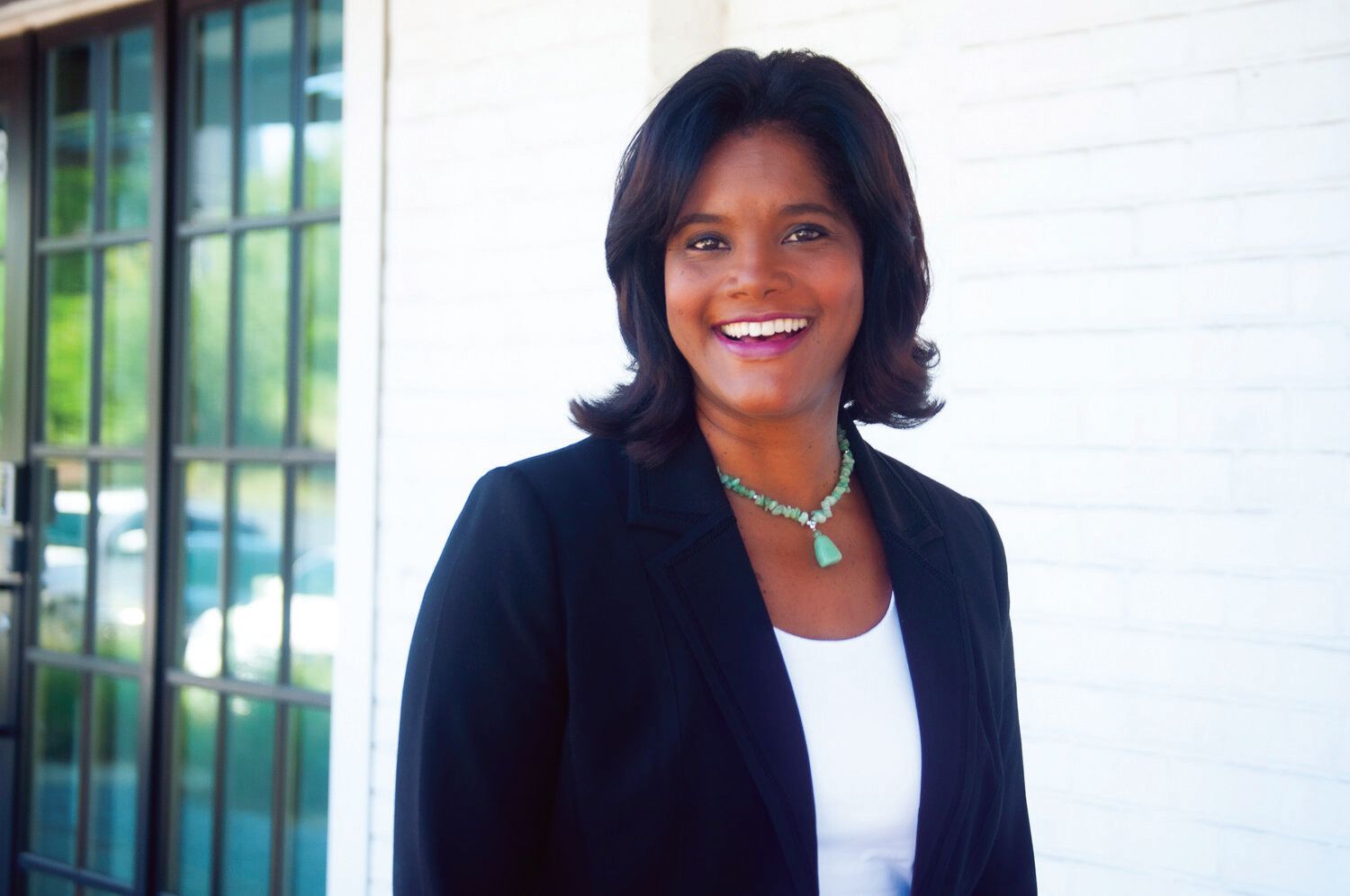LEAKY PIPELINE
While the Great Resignation has slowed since late 2021, the Department of Labor statistics reports from early 2022 show ample opportunities for jobseekers—the rate of job openings as a share of the labor force was 6.8 percent in January. The fact that we have so many job openings, coupled with more employers being open to flexible work situations, means opportunities for women will gain ground, says Horting.
The pandemic forced employees to work from home for months, changing long-held beliefs among many employers that bringing people into the office was the only way to successfully keep track of the workforce. In January 2021, PricewaterhouseCooper (PwC) published findings from a study that showed a significant swing in just 6 months. According to PwC, “The shift in positive attitudes toward remote work is evident: Eighty-three percent of employers now say the shift to remote work has been successful for their company, compared to 73 percent in the June 2020 survey.”
“With COVID, we’ve had 2 years of a worldwide research study in which people were forced to work from home, and in many cases, the employers didn’t lose anything in terms of productivity,” says Horting. “So just 5 years ago, employers who might have said that flexible work hours or work-from-home situations can’t work for them are now changing their tunes and that means the rejection of old paradigms and more opportunities for women.”
Something else is changing, too. As women begin to see more female faces at work and in school, they are emboldened to reach for more. Tammy Wittren, producing branch manager at NFM Lending, has more than 30 years of real estate and lending experience, but says it took years of being told she was too emotional and that she would fail at managing a branch before she understood how capable she was. “In my past life, I was overlooked simply because I was ‘an emotional woman. ’I always did more production than any of my male counterparts, but I was not a fraternity brother. And I put up with it because it was normal and I didn’t have anyone who pulled me aside and said, ‘That is messed up,’” she says. “I finally had to ask myself, Are you really going to put up with this? This is everything you’ve worked to overcome. And then, finally, I was able to take back my career.”
Self-belief and encouragement plays significant roles, especially in fields still dominated by men, says Horting. For example, she points out that 22.2 percent of engineering bachelor’s degrees were earned by women in 2018, but women held just 15 percent of in engineering jobs in 2019. To move beyond that disparity, she says companies need to signify to women that they are valued. “It really comes down to unconscious bias and climate. Think how much innovation is lost because women are dealing with a hostile climate and colleagues who think they don’t deserve to be there, so women are constantly having to prove that they’ve earned their position instead of just filling quotas,” says Horting. “In many cases it’s lots of little efforts that make a big difference, like having a nursing-mother facility to make it easier for women to return to work—just the existence of that sends areal message to women.”
PARITY PARTY
With the job market skewed toward employees and more attention being paid to gender parity than ever before, seizing the moment is crucial, says Sarah Robinson, an executive leadership consultant and author of Fierce Loyalty: Unlocking the DNA of Wildly Successful Communities. It’s one thing to see the need, she says. She often refers to the recent McKinsey Global Institute (MGI) report, The Power of Parity, which demonstrates how advancing women’s equality can add $12 trillion to global growth. Getting there is going to require more than employers simply hiring more women, she says.
Robinson says women in positions of power will also play a huge role in shrinking the gap. “I envision a woman who is a female leader, she’s got one hand reaching up to take the hand of the woman in front of her, but she’s also got a hand reaching backward to bring women with her. Women in positions of power must understand that you can’t pull the ladder up behind you,” Robinson says. “We have to advocate for what women need to succeed, even when it’s not easy.”
Horting points out that for gender parity and pay equity to become a sustainable reality, every link in the chain must be involved from elementary school to the C suite. Grade school and especially middle school are pivotal points for girls starting to develop a STEM identity—it’s really about helping girls build their confidence,” she says.“ On the other end of the spectrum, the C suite has to be as inclusive as the workforce. Is board of directors diverse and are we linking compensation to that measurement? Are there employee resource groups in place? Is there a women’s network, and is it linked to business goals of the organization? All these things have to be working for us to get where we’re trying to go.”
Progress can sometimes feel glacially slow, but Ruth Bader Ginsburg knew it would be a marathon. She said, “Real change, enduring change, happens one step at a time.








